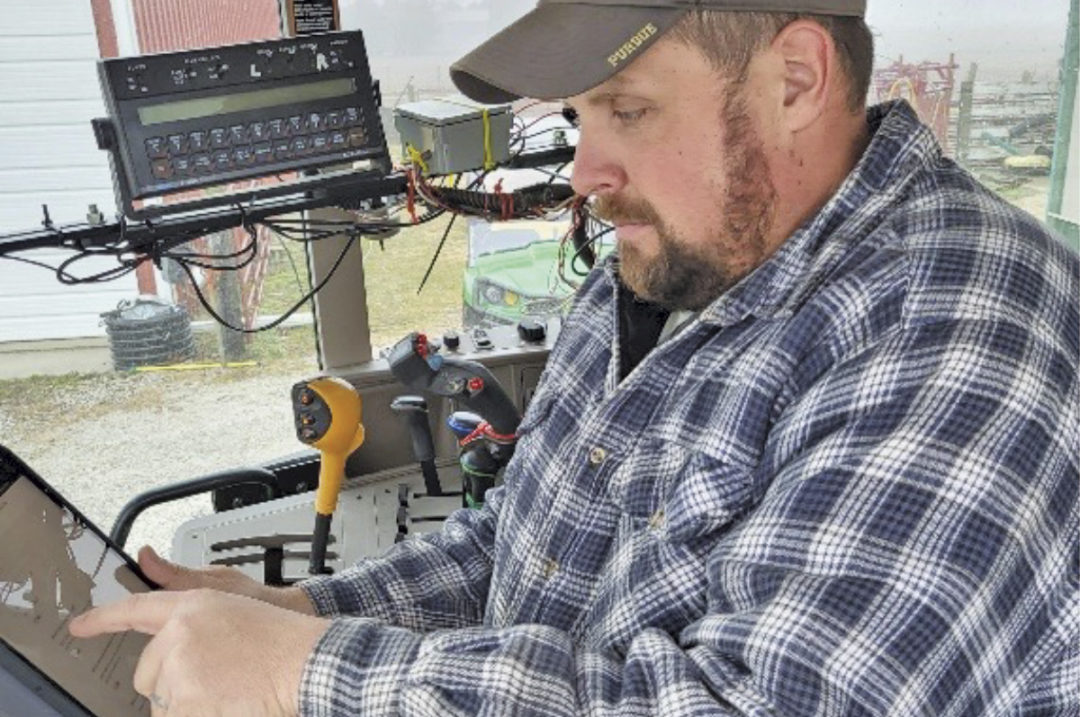We are in an era where information is power and the ability to collect that information is increasingly simpler. What we used to call records we now often call data. Our ability to keep good records (now data) varies tremendously – sometimes a fair bit from one day to the next. Certainly, the idea of good records is not new, but many of us still use notebooks that are in the wrong place when needed, scrap pieces of paper that get lost or tossed into a file, or some other means (even digital means like pictures). This lack of effective filing ultimately leaves those records underutilized if utilized at all. There is a better way. And fortunately, it is neither expensive nor complicated.
Enter private databases. The word database should not scare you. Most everyone has some experience with spreadsheets, which are workbooks with separate sheets filled with numbers, text and maybe some insightful charts. Usually, we use them to do some relatively light computing or accounting. A spreadsheet can also function as a database. There are entire college courses and even full degrees related to databases. At this time, let’s just consider a simple private database as an entry point for you to get your arms around your data in a manner that you can control.
First, let’s consider a couple of realistic but fabricated situations where collecting your data within a database would be useful.
Suppose you were trying to evaluate the reestablishment of an alfalfa field or the cost-benefit of a previous fertilization program on your alfalfa. A partial budget analysis would require a tally of all inputs that would encompass every trip over the field (for both machinery and labor costs). For even the best of us, memory won’t suffice. But suppose every time you covered a field, you simply recorded date, length of time, equipment used and materials applied or yield removed. If that data were organized well, you could quickly sort through records to find a single field and tally appropriately.
Say your tech-savvy agronomy consultant wants to apply some artificial intelligence (AI) to UAV imagery of your fields, your crop yields and soils data to provide you recommendations. That AI will need to know information about planting dates, fertilizer dates and rates, products used for weed and disease control, and irrigation records and likely other input aspects of your operation. Do you have this data in any useful format for each and every one of your fields or management zones?
Fully making sense of crop yield data, particularly from a profitability point of view, requires contextual metadata. What’s metadata? It is the data (like fertilizer dates and rates) behind the “main” data (like yield or quality). Contextual metadata helps to more fully explain how we got to where we are. In the case of haycrop forages, weather and timing of harvest operations are particularly important since they greatly affect yield and quality. As the backstory in the plot of a book or movie provides a frame of reference for the current moment, metadata contains the circumstances or conditions related to the data we might be trying to interpret.
So how could you do better in capturing background information about circumstances or situations that improve your next decisions? One step at a time with a private database that gives you simple and tidy data (Figure 1).

There are many database software packages with as many price points as you can imagine. We want to introduce you to Airtable. Airtable is a cloud-based platform that has some nice mobile-friendly features befitting agricultural data taking (i.e., recordkeeping). It has a free tier that will meet the need for most farms, but even the for-fee version is inexpensive. In Airtable, a mobile-friendly form can be designed that uses prepopulated lists or other forms of data validation to streamline data entry and “force” cleaner, more interpretable data.
The photo at the top of this article shows a farmer filling out the form for a digital field record. This simple interface allows records of cropping activities by field (like tillage, planting, spraying, harvest, transport) to be entered literally in seconds. After just a little bit of setup to customize a template to your farm, you and your farmworkers can fill in the full story of season-long farming activities one piece at a time. We have discovered that the best time to record data is in the moment. Less reliance on memory will result in better records. As the database owner, you get to decide what data is required and what is optional. A huge benefit of the simple format is that if an error is made, correcting it is as easy as editing cells in a spreadsheet.
As the pieces of the story are recorded, one event or field at a time, a tidy database gets populated. That database will automatically be what data scientists call “tidy.” Each column in your results table will be a type of data element (like date, field, operation, seeding rate, seed variety, etc.). Each row will be a separate record. With simple sorting (which can be automatic) or filtering, you will be able to extract the full story behind each management zone (Figure 2). These operations can be performed in the database software or, perhaps more conveniently, done in spreadsheet software after the data is downloaded in a comma-separated values (CSV) file.

If you happen to have landlords for rented land who like to know more about your use of their land, you could readily extract the operations performed on their fields for their records.
Private databases have many applications in agriculture and beyond (like home life and organizations). While the focus of this article is on digital field records, a similar approach could be used for vehicle repair and maintenance records, livestock treatment records (by group or individual), a custom crop scouting template, grain marketing and delivery records, and managing customer relationships. You could even set up a simple database to track expenses and income one event at a time like a custom accounting package.
We have generated several templates for farmers to simply duplicate and customize to their operations. Accompanying each template is a set of short YouTube videos explaining what it is and how to tailor that template to your farm and control access to your data. In addition, there is a five-part recorded “workshop” explaining how to develop your own private database in Airtable. In less than 45 minutes, you can learn how to improve your records.
For more information, visit the Purdue University website.










